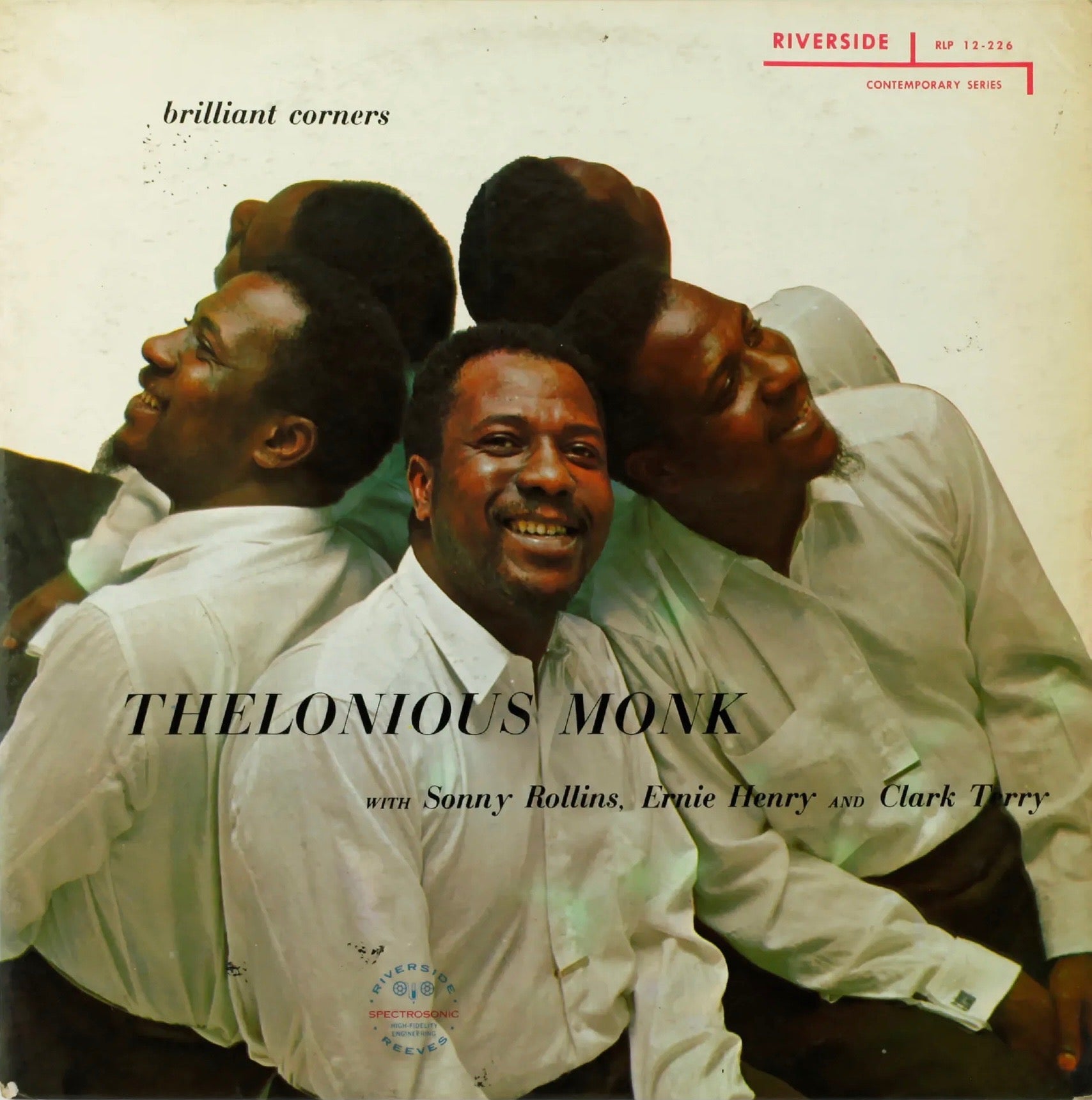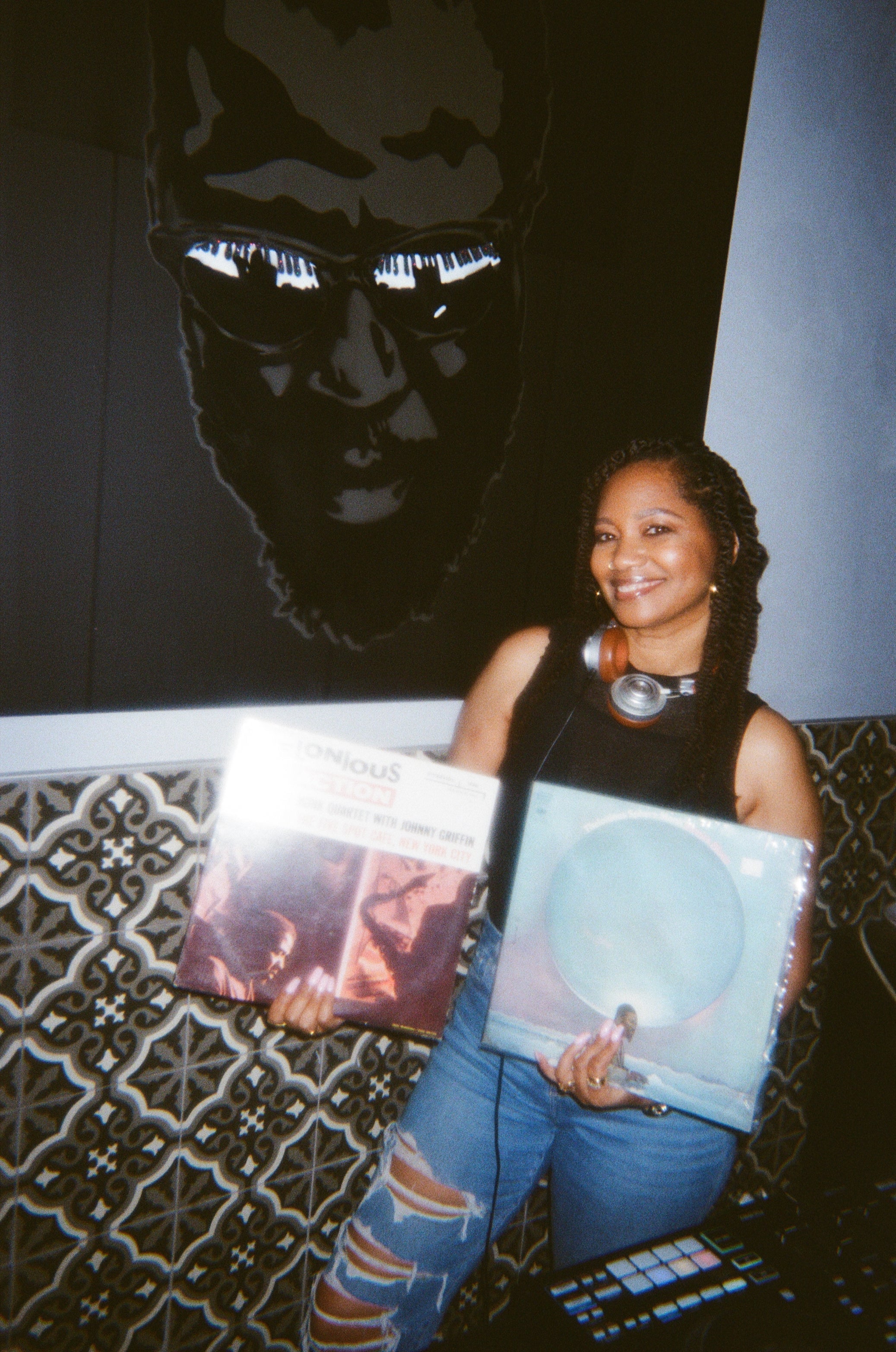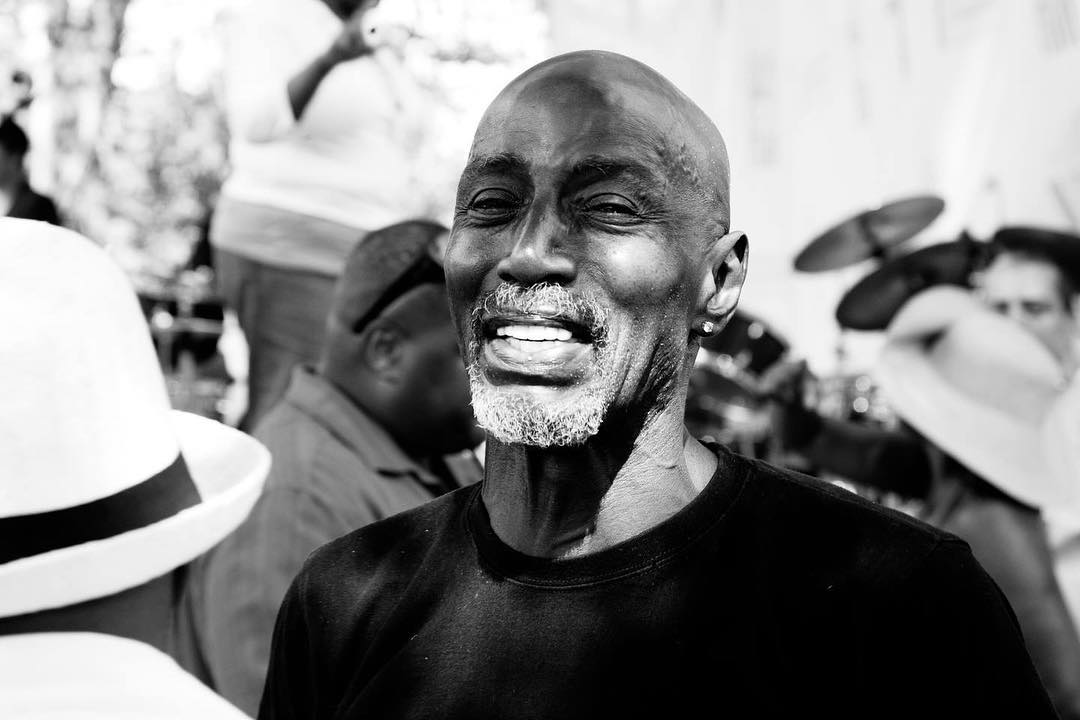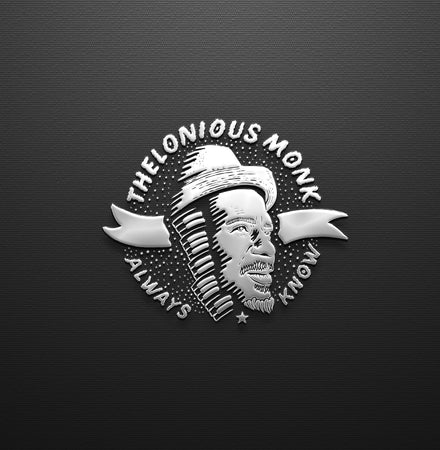A Turning Point in Modern Jazz

Sixty-five years ago today, Thelonious Monk began recording his masterpiece Brilliant Corners.
By DJ Pari
Nineteen-sixty five was a challenging and momentous year in Monk’s career. In January, a house fire had destroyed his home on West 63rd Street. Most of his possessions, including his piano and boxes of sheet music, had gone up in flames, lost forever. He was still fighting to have his cabaret license returned to him, a circumstance that had left him unable to accept regular work in New York City for much of the 1950s forcing his wife, Nellie, to take on two jobs so the family could make ends meet.
Maybe worse, Thelonious was still struggling to get his well-earned due from jazz critics. When he signed with Bill Grauer’s Riverside label in 1955, he had high hopes for showing that he was more than the oddball among jazz pianists – eccentric, provocative and even disturbing or outright crazy, an image that Thelonious was never truly able to correct in his lifetime. Label co-owner Orrin Keepnews claimed in his liner notes for Brilliant Corners: “We at Riverside feel very strongly that the whole emphasis on the exceedingly far-out and mysterious nature of Monk’s music has been seriously overdone in past years, so that many who would have found themselves quite willing (and able) to listen were frightened away in advance.” But what Keepnews didn’t say was that Riverside had not hindered, but helped create said aura of mystique and idiosyncrasy that had shrouded Monk for much of his career.
Plus, both Monk and his label had been subjected to harsh criticism because the label had denied him to record his own music when he cut his first two albums for Riverside. Thelonious Monk Plays Duke Ellington and The Unique Thelonious Monk were both trio dates entirely made up of standard tunes that, despite their artistic brilliance, received little critical acclaim. Keepnews himself called this strategy a deliberate “plot to seduce non-followers of Monk” to give him a hearing. “There was no musical compromise, but there was at least a handle of a familiar melody to begin with,” Keepnews wrote.
All this would change with Brilliant Corners, when Riverside finally gave Monk the creative freedom he so desperately craved and deserved.
For much of the summer, Monk hunkered down at the home of his friend and advocate, the Baroness Pannonica “Nica” de Koenigswarter, who had purchased a piano for him, which allowed him to work on original music for his next album. He was often joined for informal rehearsals by Sonny Rollins, the tenor saxophonist he had chosen to lead the horn section. David Amram, who attended some of these sessions, told Monk biographer Robin D.G. Kelly: “That was one of the most amazing things I ever heard in my life … They just kept going back and forth, stopping and starting, until they finally got to the end of the tune. Of course Monk knew it already, but he was teaching it to Sonny just very slowly, and repeating it over and over again.” Nica recorded some of those rehearsals with her Wollensack reel-to-reel recorder, and a grateful Monk dedicated two of the three songs that he had written for his new album to his most generous patron – the peculiar ballad “Pannonica,” and “Ba-Lue Bolivar Ba-Lues-Are,” a blues referencing Nica’s perpetual predicaments with the management of the Bolivar Hotel at 230 Central Park West, to where she had moved after Charlie Parker’s death.
On Tuesday, October 9th, 1956, one day before Monk’s 39th birthday, his group gathered for the first of two planned recording sessions for his new album at Reeves Sound Studios at 304 East 44th Street, founded by Hazard Earle Reeves, Jr. in 1933. Riverside had begun utilizing Reeves in 1955 because its schedule aligned perfectly with that of jazz musicians, who often recorded late at night or early in the morning, coming directly from their club gigs. In fact, Reeves figured so prominently in Riverside’s viability that some first-edition LP covers for the label included a little graphic on the front boasting of “Riverside Reeves Spectrosonic High-Fidelity Engineering.” In the early stereo era, the “Stereosonic” replaced the “Spectrosonic’ in the logo.
Unlike recording engineer Rudy Van Gelder’s homey studio across the river in Hackensack, NJ, that previously had been the studio of Grauer’s choice, Reeves Sound Studios was at one point the largest recording facility in the country. Monk’s son, the drummer T.S. Monk, who observed the third session for Brilliant Corners at the tender age of six, remembers the studio looking like a well-lit office space. “The room looked nothing like Rudy’s, it had no atmosphere,” he told me (https://theloniousmonk.store/blogs/news/one-for-the-ages). “There were no dimmed lights or anything of that sort that musicians today do to get comfortable in this kind of environment. Thelonious created his own atmosphere, and the cats were always having fun. Everybody was always laughing and joking, and Thelonious would say the most outrageous things.”
At this first session, Monk invited alto-saxophonist Ernie Henry to join Rollins in the frontline. Henry, known for his fluid, non-derivative style, worked in Monk’s quartet for much of 1956 and cut three sessions as a leader for Riverside, in addition to one set that he co-led with trumpeter Kenny Dorham, before his premature drug-related death in 1957 at the age of just 31. Bassist Oscar Pettiford and drummer Max Roach, both-be bop veterans, rounded out the rhythm section.
The first track they laid down that day was “Pannonica,” where Monk – for the first and only time in the studio – made use of the celeste, also called a bell-piano, which is a struck idiophone operated by a conventional keyboard. Despite previously rehearsing the tune, Rollins and Henry struggled, prompting Monk to stop the band to give directions: “Hold up, hold up,” he said. “You messed up on that tag. When you play it, keep in mind that there’s a tag on the song, you know?” Once they had the tune in the can, they cut “Ba-Lue Bolivar Ba-Lues-Are,” before calling it a day.
The quintet returned to the studio six days later, on Monday, October 15th, with the intention to wrap up the rest of the album that day. But the title track, “Brilliant Corners,” proved to be particularly challenging because of its 30-bar structure, which was a drastic departure from the usual 32 bars most musicians are accustomed to. With its uneven meter and tempo changes, the tune was so difficult that producer Keepnews threw in the towel after the five musicians delivered 25 incomplete takes, splicing together the final version from several takes. Legend has it that a frustrated Pettiford and Henry were ready to fight Monk, who kept pushing his sidemen in pursuit of the most perfect take, but his son says that the story’s version that would eventually enter the canon of jazz mythology was overblown. “There was consternation, because it was a very, very difficult piece of music, and Thelonious was very specific and precise as to the rhythmic placement and that sort of thing,” he told me. “But I know that to their dying day, everybody was really proud to be part of that recording, because that really was some cutting edge stuff.”
Because of Rollins’ and Roach’s tight tour schedule, recording didn’t resume until Friday, December 7th, at 10 a.m., an unusual time for usually nocturnal jazz musicians. Henry had since quit Monk’s group and Pettiford wasn’t available, so Monk replaced them with Clark Terry, according to Leonard Feather "one of the most original trumpet players in contemporary jazz,” and bassist Paul Chambers, who at the time was part of Miles Davis’s classic quintet.
Not surprisingly, Rollins, Roach and Chambers were running late that morning, and Monk made good use of the time to cut an unblemished solo rendition of the ballad standard “I Surrender, Dear,” an impromptu performance that inspired Keepnews to have Monk record Thelonious Himself, his first of three solo piano albums, in the following spring. When the rest of the group arrived, they recorded a seven-plus minute version of “Bemsha Swing,” a complex 16-bar tune co-written by drummer Denzil Best for the 1952 Prestige Records album Thelonious Monk Trio.
When Brilliant Corners was released in the summer of 1957, it earned glowing reviews, changing the way critics looked at, and listened to, Monk. Down Beat editor Nat Henthoff gave the album five stars, praising it as “Riverside’s most important modern jazz LP to date.” In 2003 – more than 40 years after its release – the Library of Congress chose Brilliant Corners one of 50 albums to be added that year to the National Recording Registry.
To Monk devotees like myself, Brilliant Corners is a work of utmost importance because it has everything to offer that makes Monk’s music so unique, from the fractured rhythms and purposely incongruous harmonies to the uncompromising swing that is a staple in the pianist's music. Even “I Surrender, Dear,” the only standard on this album, is totally enveloped in Monk’s signature sound and musical concept.
As Monk’s most enduring masterpiece, Brilliant Corners to this day – 65 years after it was recorded – stands out as really a turning point for modern jazz, making its creator the quintessential prototype for any jazz musician.
DJ Pari is a jazz DJ, producer, writer and host of “No Room for Squares” on Totally Wired Radio. Connect with him on Instagram @djpari_



